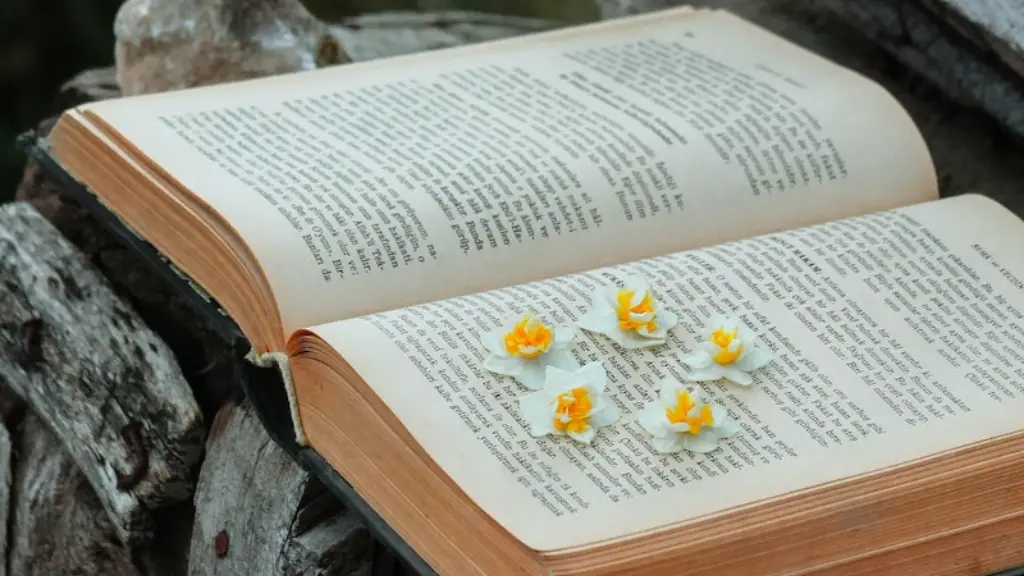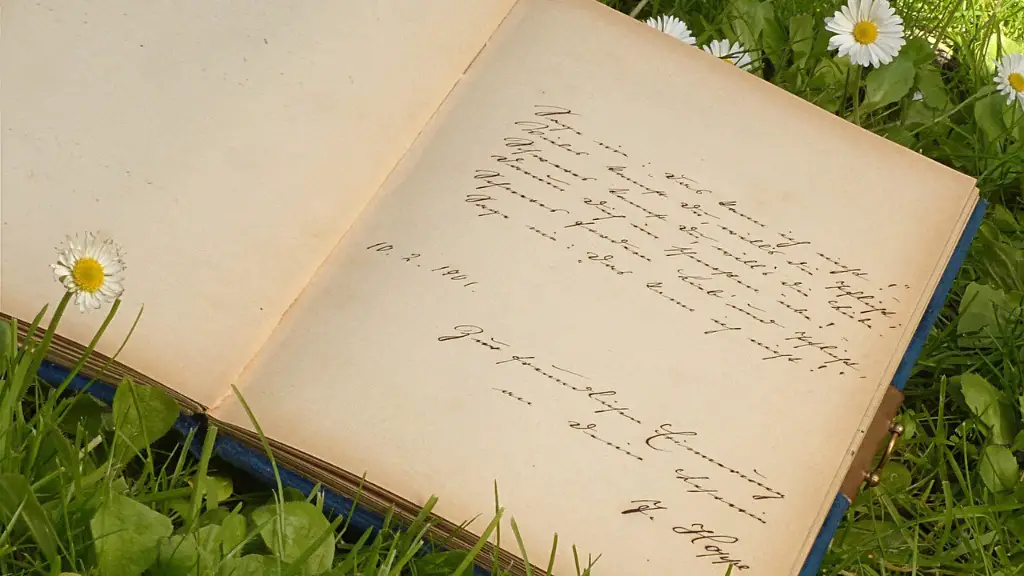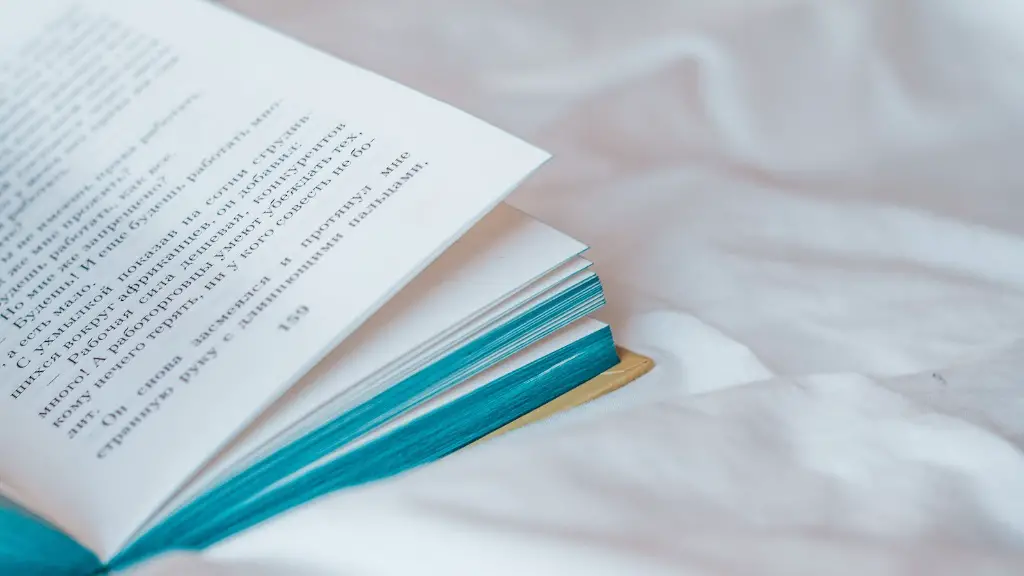Narrative Poetry: An Exploration
Narrative poetry is a type of poetry that tells a story. Common features of narrative poetry are characters, a plot structure, and vivid imagery. These elements are essential to creating a successful narrative poem. It’s important to include the emotions of the narrator and each character, as well as their actions. This helps the reader to connect with the poem on a deeper level. Some popular forms of narrative poetry include ballads and epics.
The Different Types of Narrative Poetry
A ballad is a type of narrative poem, usually composed in quatrains. They typically have a lyrical, easy-to-remember form and often include words or phrases that reoccur throughout the poem. The themes commonly found in folk ballads tend to be of love, adventure, and death. The most popular example of a ballad is the popular song, ‘Scarborough Fair’, which is a Scottish folk ballad about lost love.
An epic is a very long narrative poem, often encompassing the origin and deeds of a hero. Homer’s The Odyssey and Virgil’s The Aeneid are two examples of famous epics. An epic poem typically focuses on one heroic figure and his heroic deeds. It usually has an episodic structure, and includes elements such as supernatural forces, a quest, and fate.
Other types of narrative poetry include lays, monologues, and triolets. Lays are narrative poems, typically about courtly love. Monologues are a type of narrative poem written from the point of view of one character. Triolets are a type of narrative poem consisting of eight-line stanzas, with the same meter and rhyme scheme throughout. They usually involve a dialogue between a lover and their beloved.
Creating Narrative Poems
When writing a narrative poem, it is important to remember to focus on the story arc. Start by thinking of a short story that you wish to tell, and then think of the characters, the plot structures, and the vivid imagery that will capture the story. Developing your characters and their motivations is essential to creating a narrative poem. Remember to include the emotions of the narrator and each character, as well as their actions.
By creating vivid imagery, the reader will be able to experience the story as if they were there. It is also important to focus on the structure of the poem. Narrative poems are composed of verses, or distinct lines of metered prose. When writing your verses, think about rhythm and flow, as well as rhyme.
Conclusion
Narrative poetry is an interesting form of poetic writing which has been used by poets for centuries. Narrative poetry enables its readers to experience a story in a unique way, with the help of vivid imagery and a lyrical structure. There are many different types of narrative poetry, such as ballads, epics, lays, monologues, and triolets. All narrative poems must include characters, a plot structure, and vivid imagery to be successful. When writing a narrative poem, it is important to focus on the story arc and develop the characters and their motivations.
Narrative Poetry in Popular Culture
Narrative poetry has been popular in literature since ancient times. Modern authors continue to explore this form of poetry, often in the context of popular culture. For example, the Grammy winning song ‘Hey Jude’ by The Beatles is a narrative poem. Other popular narrative poems include Bob Dylan’s ‘Like a Rolling Stone,’ John Lennon’s ‘I am the Walrus,’ and Billie Eilish’s ‘When the Party’s Over.’
Television shows and movies often use narrative poetry as part of their storytelling. For example, the musical show Glee featured the narrative poem ‘Don’t Stop Believin’,’ written by the songwriting duo Ryan Murphy and Brad Falchuk and performed by the cast of the show. In the 2017 Disney movie Moana, the character Moana sings the narrative poem ‘How Far I’ll Go,’ which was written by Lin-Manuel Miranda.
Narrative Poetry and Education
Narrative poetry is often used in education, as it encourages creativity and critical thinking. It provides students with the opportunity to explore their imaginations and express their thoughts and feelings. Additionally, narrative poetry can provide students with a deeper understanding of literature, as it allows them to experience a story in a unique way.
Narrative poetry is often taught in the classroom. While writing a narrative poem can be challenging for students, being able to express their thoughts and feelings through a story can be an empowering and rewarding experience. To make it easier for students, teachers often provide worksheets or assignments with prompts related to narrative poetry.
Supporting Organizations
There are a number of organizations that seek to promote and support narrative poetry. The International Storytelling Center is a nonprofit organization that seeks to ‘promote the power of storytelling to shape culture and social change.’ They host events, workshops, and educational programs to help people use narrative poetry to tell their stories.
The Killip Narrative Poetry Project is a research project that seeks to study the history and development of narrative poetry in the United States. The project is devoted to sharing this information through publications, lectures, and other forms of media. Additionally, the project hosts seminars and events related to narrative poetry.
Reception and Impact
Narrative poetry is widely appreciated for its storytelling capabilities. The vivid imagery and lyrical structure allows readers to experience a story as if they were living it. It provides an opportunity for readers to connect with the characters on a deeper level, as they can empathize with their feelings and actions. This form of poetry has been praised over the centuries and is popular in modern culture in the form of songs, television shows, and movies.
Narrative poetry is being used in education more and more, to teach students critical thinking and help them express themselves. Organizations such as the International Storytelling Center and the Killip Narrative Poetry Project are helping to promote and support this form of poetry. Narrative poetry is sure to continue to be enjoyed and appreciated for many years to come.



